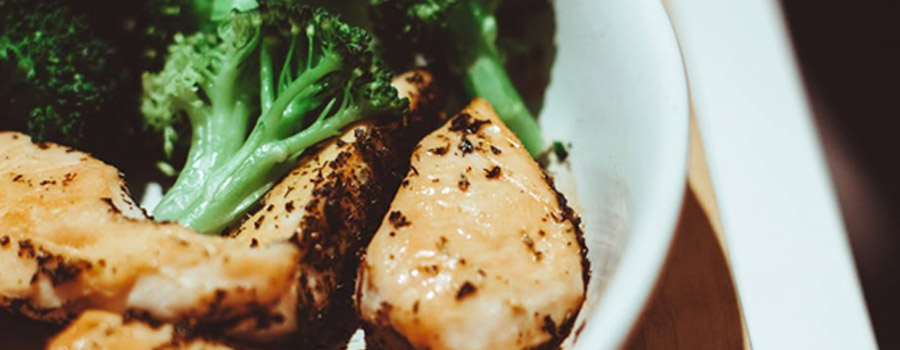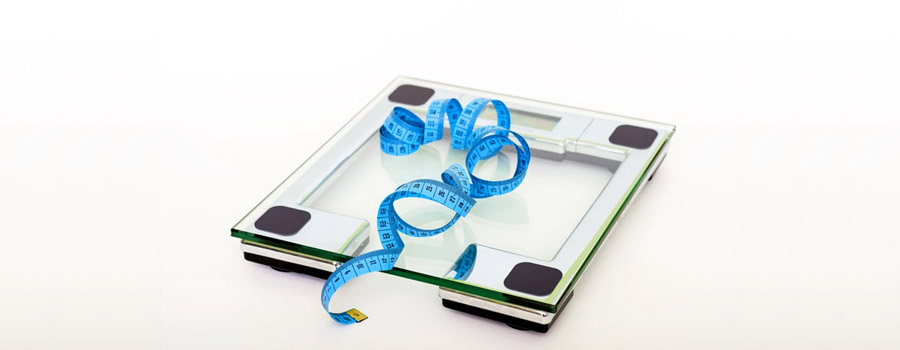Dieting Fundamentals
THE BASICS

Gaining weight and losing weight is 100% about calories in calories out. It's 100% about energy balance. It's 100% about hitting your calorie goals.
That is, if you wish to lose weight, you must eat under your TDEE (maintenance calories). If you wish to gain weight, you must eat above your TDEE (maintenance calories).
Of course, there are some unique situations out there, but they are much rarer than the average person thinks. If you are just starting out with weight gain or weight loss and you are struggling to make progress, then you need to ask yourself, are you tracking your calories? If you are not paying attention to your calories and you are not making body progress, then you should start there.
THE BASICS

You don't need to punish yourself eating only broccoli and chicken breast every day when trying to diet down. You can eat whatever you want. This is called Flexible Dieting. Most of your food should try to come from healthy, whole, and minimally processed food.
If you want to have a little bit of a treat or consume a little bit of junk food, that is fine. Flexible dieting focuses on an approach of an 80/20 rule. 80% of your calories from healthy sources and 20% from whatever you want. This is not some hard and fast rule. Adjust it and apply it to your life however you want.
While technically you can lose weight and get shredded off of McDonald’s, cupcakes, cookies, and protein shakes, it's not ideal for a lot of reasons. Your long term health will eventually start to suffer from lacking micro-nutrients. You will also likely not be very satiated from that type of diet. Regardless, how you choose to live your life is up to you. At the end of the day, weight loss and weight gain comes down to calories.

HOW TO GET STARTED
So how do you use this information about calories to successfully gain or lose weight? Here is the short guide to get started:
- Use this TDEE calculator to estimate your TDEE (Total Daily Energy Expenditure).
- Download a calorie tracking app (such as MyFitnessPal) and track all of your food and drink.
- If you want to cut (lose fat), then eat below your TDEE. If you want to bulk (gain weight), then eat above your TDEE.
- Track your weight with a moving average (such as a 5 day average) and adjust your calories up or down to make sure you are staying on track. (Note: I have a google sheet that tracks lifts and body weight with a moving average HERE)
HOW FAST SHOULD YOU LOSE WEIGHT OR GAIN WEIGHT?

Understanding the math behind weight loss and weight gain is very empowering. Everything boils down to a numbers game. If you track your calories and see how far below your TDEE you are eating, you can get a reasonable estimate of how fast you will lose or gain weight.
- Eat 250 Cals above your TDEE = 0.5lb/week gained
- Eat 500 Cals above your TDEE = 1lb/week gained
- Eat 500 Cals below your TDEE = 1lb/week lost
- Eat 1000 Cals below your TDEE = 2lb/week lost
FINAL THOUGHTS

Pick a calorie goal above or below your TDEE that feels sustainable to you. This means, pick the calorie goal and see how you're feeling after a week. If you're dieting down, you should not be starving out of your mind every day and incredibly low energy. That is not sustainable. Use some common sense and don't try to eat at 200 Cals every day. You will likely crash and burn.
NOTES
- Gaining more than 1lb per week is usually not recommended as more and more of the extra weight gained will become fat.
- It is rarely ever that precise of losing exactly 1lb per week. These are just estimates to give you ball parks of what to expect.



